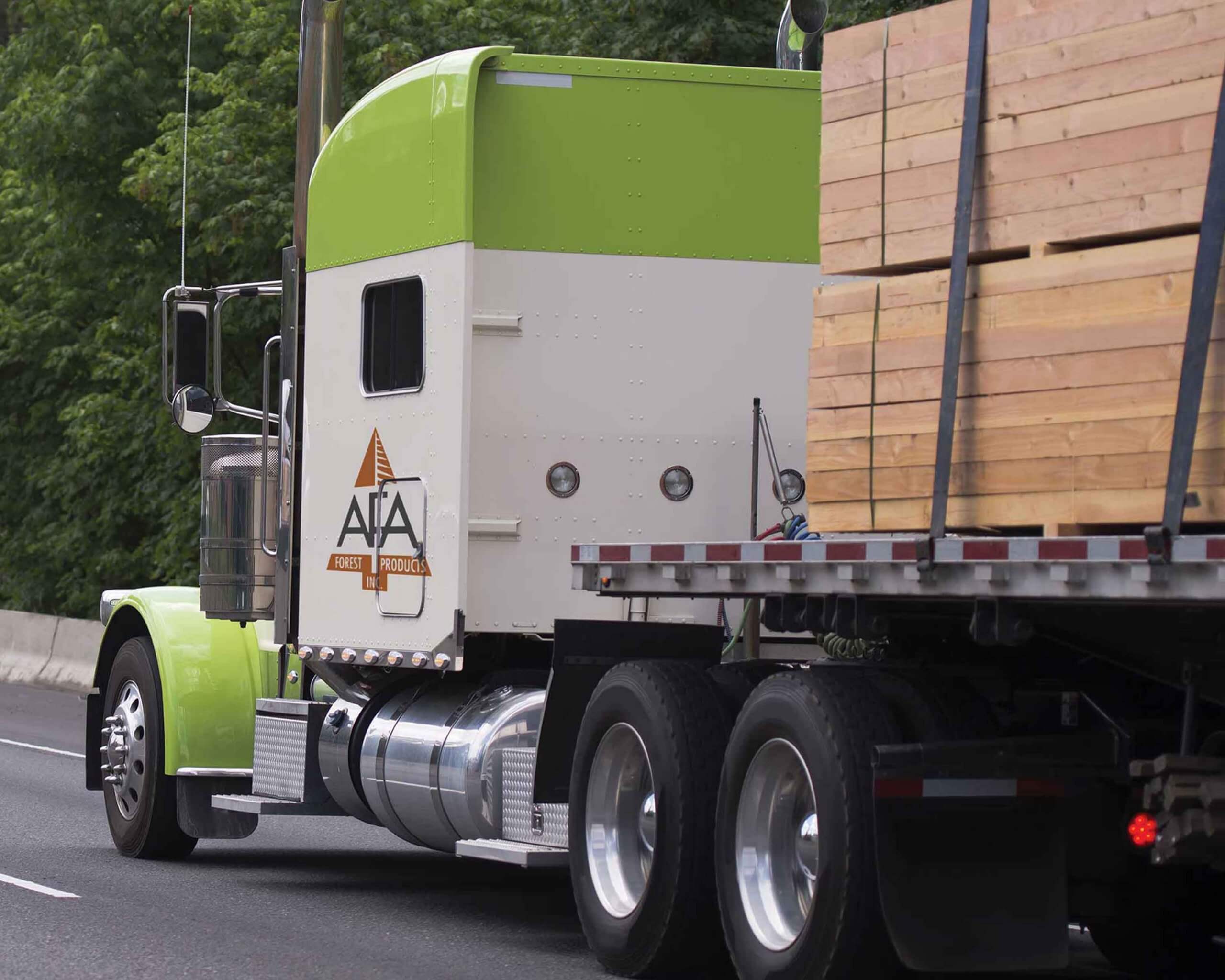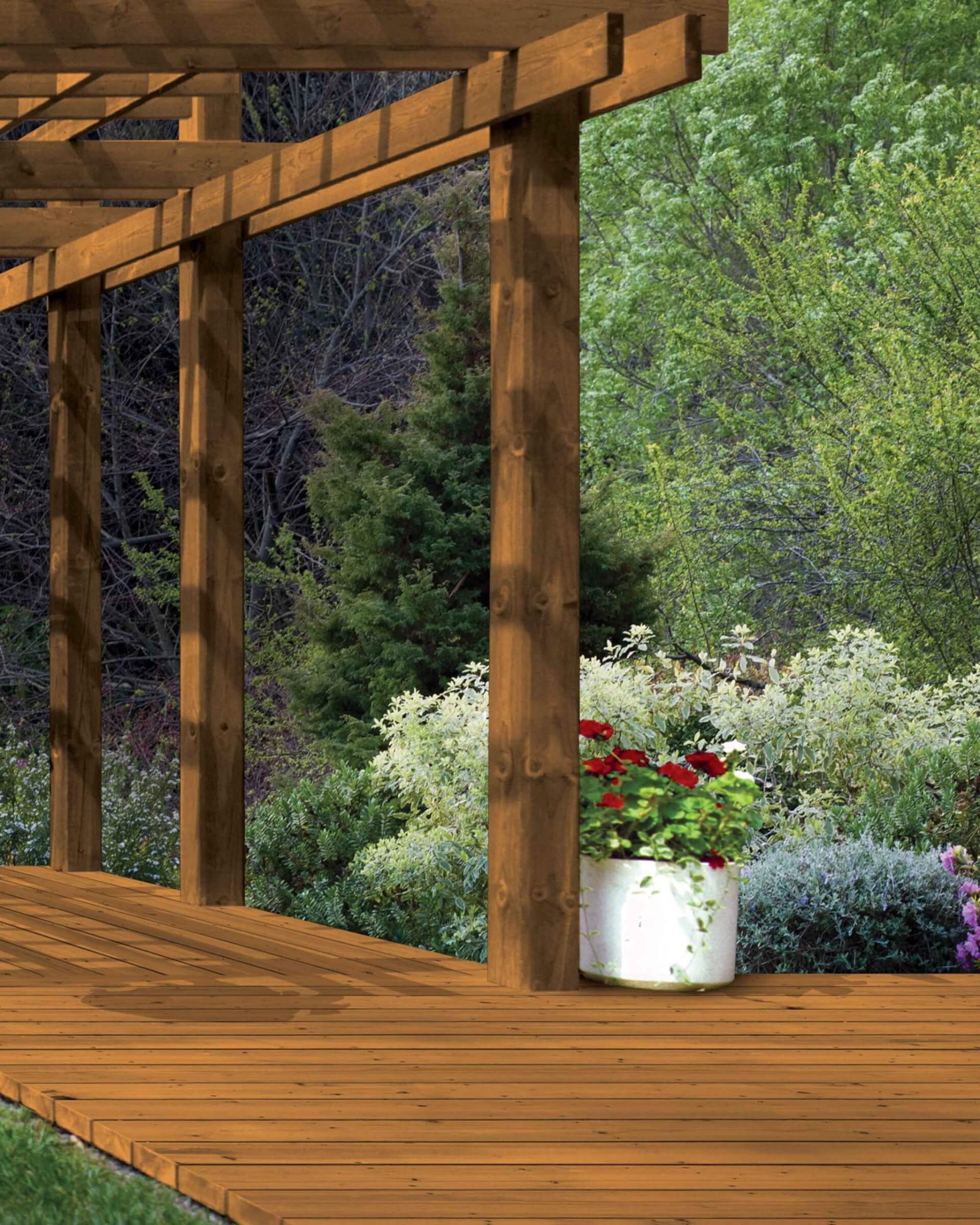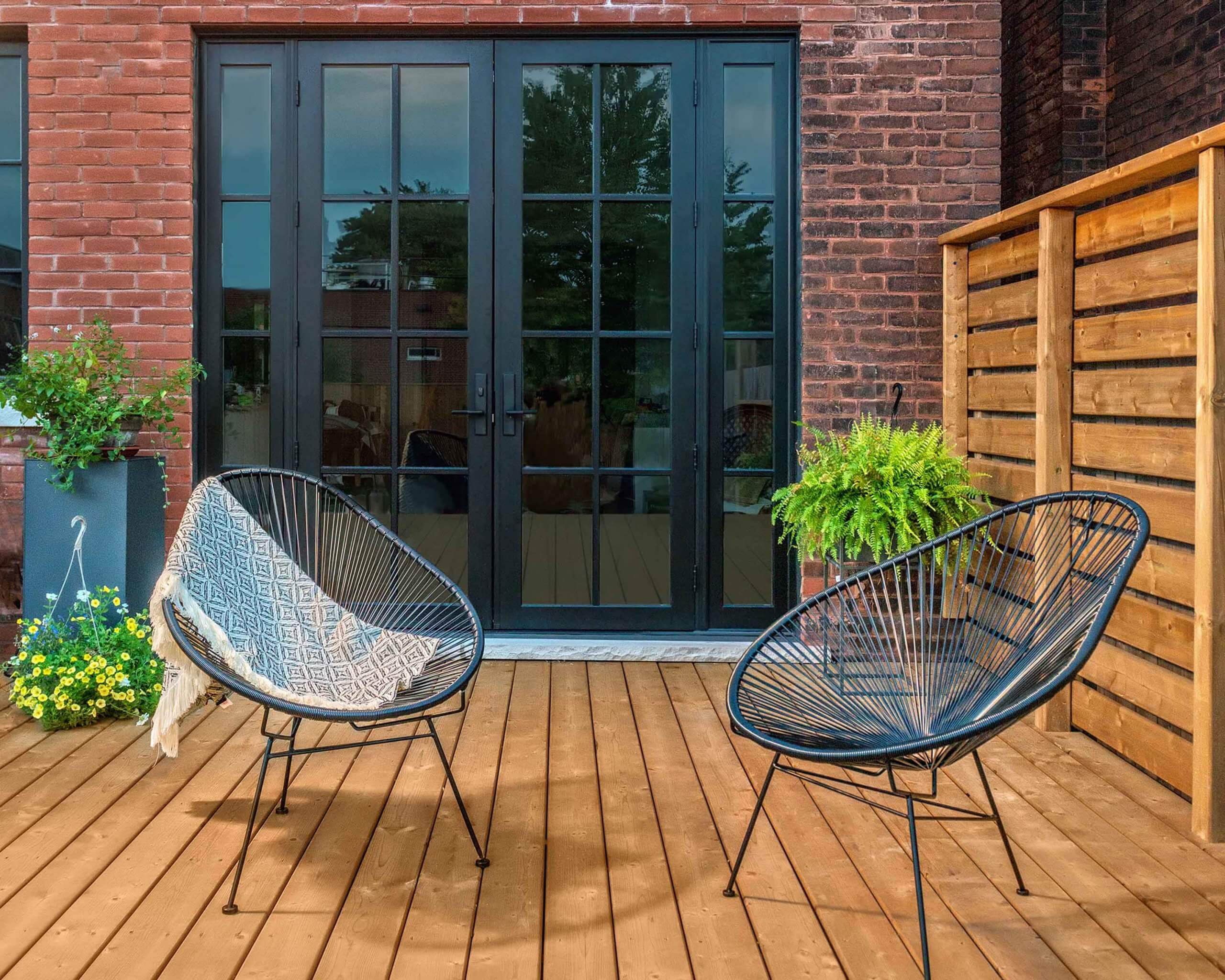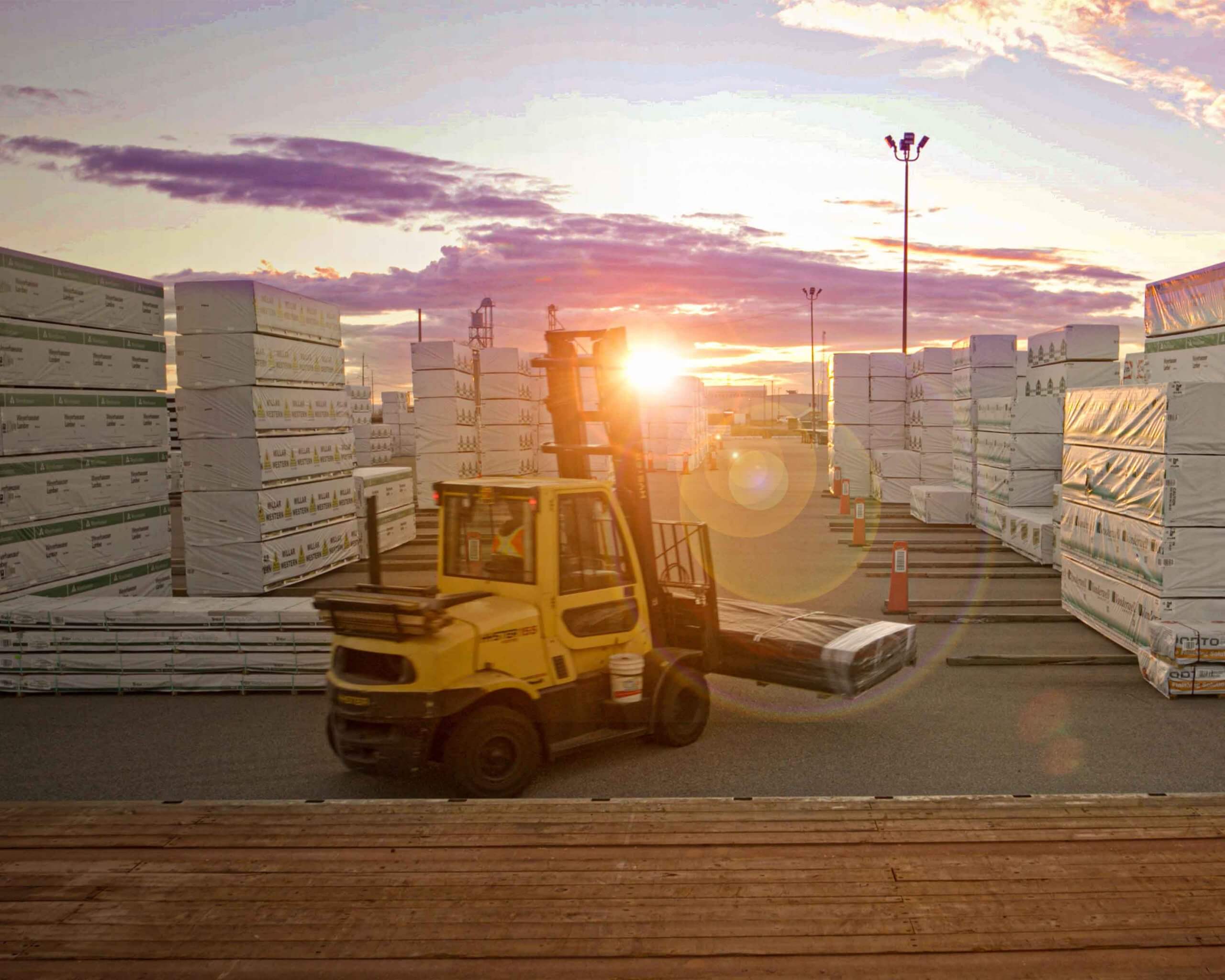The supply-demand imbalance sparked by COVID-19 in the Spring of 2020 continued into 2021, causing prices to steadily climb until, in late May, there was what Michael Sivucha, vice-president of commodities at Taiga Building Products calls “the start of a historic price correction.”
“Before the correction, the market had a seemingly insatiable appetite, and it was largely fueled by the Box business’ push to meet their view of DIY and contractor demand,” he says. The speed at which the consumption of wood products fell, and the fact that in 2021 lumber pricing made a surprisingly small number of notable changes in direction — despite its extreme rise and fall — disrupted the commodity’s flow, Sivucha says.
Fortunately, those extremes, exacerbated by the ongoing COVID-19 pandemic, will not likely show a repeat performance in 2022, according to Kelvin Johnston, senior buyer for commodity lumber and panels at Castle Building Centres Group. But the market won’t be exactly free of excitement. “We all agree that [lumber] prices will continue to trend higher than pre-pandemic, but that the prices we saw in 2021 are unlikely to return,” Johnston says. “This is because it was pure speculation that had driven prices to be twice what they’d ever been at before.” “However, it is a commodity we are dealing with so one should never say never”.

Lessons were learned that should help reduce risk in the years ahead, says Mike Park, vice-president of national commodities at AFA Forest Products. “Inflation, specifically in the lumber and building materials markets, demonstrated how impactful high prices can have on consumer spending. 2021 showed us the limits consumers we’re willing to absorb, which provides us with better tools to project the balance between supply, demand and how costs impact both.”
The highs and lows of 2021
Once the prices peaked in May, consumer demand understandably dried up. While prices collapsed, Johnston said it left many competitors who had overstocked on lumber and plywood at peak prices, and unwilling to drop them, unable to move inventory. “So many of the stores in our industry were struggling with too much inventory, it was too high priced and they had never lost money on commodity wood products,” he says. “So, when presented with the position of having to sell something at a loss, they didn’t know how to.”
On the other hand, Johnston has worked hard communicating to Castle dealers the importance of selling off the high-priced inventory they had, “and then get back to making money again.”
Treaters too were hit hard by the pricing plunge, Johnston says, ending up “going long” on lumber to ensure they would have enough pressure treated to supply demand and left holding the bag.
The challenges caused by such massive inflationary pressures and massive depreciation in value of lumber and panels are ongoing, suggests Stephen Marshall, vice-president at CanWel. “[Anyone] that owned inventory during [the] plunge experienced deflation in inventory valuations and the challenge of offside inventories still persists today throughout the system in North America.”
But it wasn’t just the peak price that caused consumers to lose interest in lumber and panels, Marshall suggests. He attributes it to the combination of sticker shock and increased freedoms from pandemic lockdowns.

“The volatility in the price movements, and the rapidity of the changes, have left many in the industry determining the best path forward in how to manage price risk,” Marshall says. “The industry has and is still taking inventory write-downs to more accurately reflect market replacement costs.”
After the peak prices of May, subsequent bottoming out in August, October saw a small rally. More recently, with the ongoing logistics issues in British Colombia, prices have taken off again and will enter 2022 on an upward trajectory once again. Prices became more stabilized moving into 2022, and Johnston expects a calmer market but not as steady as some years past.
Volatility moves into 2022
Prior to the pandemic, Johnston says lumber prices might shift $20 in a week, but even as prices became more stable at the end of 2021 a move of $50 up or down in one day was not surprising. “I don’t think that’s going to go away this year,” he says. “And that makes a lot of people unsure of when scared to buy.”
He says with the speed the market changes currently communication is key. “Because of the volatility, you really need up-to-date information. I try to provide that to our dealers,” he says. “I’d say my most important role is to act as a center of communication on the lumber, plywood and OSB markets.” It’s a role that’s, of course, become more vital amidst the market volatility, helping dealers navigate the rapid changes so that contractors and consumers can get what they need to complete their jobs.
Marshall expects further volatility in 2022 and the years ahead. “We may not see long-sustained price movements, but we will likely see rapid price changes in short time periods,” he says. “Price movements of 10 to 20%, both up and down can happen now in a few weeks.”
“All lumber buyers, sellers and users need to ensure they are covered with sufficient inventory to reduce or eliminate their price risk exposure,” he recommends. “And if material is bought or sold at a specific price, strong agreements need to be in place to ensure buy/sell agreements are satisfied, material is received at the contract price and deliveries are met.”
He suggests there will be less aptitude in the year ahead for lumber and panel sellers to extend long-term pricing agreements unless the inventory is owned and fully costed, or the price is hedged in some fashion, or tied to pricing indexes.”
Still high tide for the building industry
As suggested, while wood prices have come down from 2021, industry watchers all agree they will remain higher than the industry saw pre-COVID.

The industry faces supply chain issues beyond those related directly to production, but which ultimately impact the lumber market and slow down building projects. For example, Kelvin points to situations where a lack of products like truss plates or subfloor adhesive have ground building to a halt.
Sivucha echoes the sentiment. “As with all aspects of our daily lives, COVID has disrupted the supply chain, both domestically and abroad (for imports/exports) and has had an inflationary impact on pretty much all inputs to our business.”
“Time will tell on how much of this is transitory vs. permanent, but it is expected to be impactful in 2022.”
Marshall expects the market will see higher lows on wood and panel pricing moving forward, as one of the few world commodities that had not kept pace with others. “We believe the days of wood-based products being undervalued are over,” he says.

A few market forces are going to continue to drive the popularity of forestry products in 2022, not the least of which is still the pandemic and its new variants. Marshall expects the pandemic to continue to influence consumer behaviour, as it has over the past two years, resulting in good business for builders, contractors and the building industry.
“We also expect more climate and weather events, calamities if you will, to influence the supply chain and to impact new replacement structures,” he says.
Of course, demand for new housing hasn’t gone away and will continue to play a major role in the market. Park says he expects “strong housing throughout 2022 and a return to more normal levels of R&R activity.”
He also suggests challenges with production and logistics will continue through the year. “Logistics is a common theme in many segments of the market and Forestry is no different. Lead times are growing, putting more pressure on suppliers and dealers to maintain workable inventories. As mentioned, prices on average are expected to be lower in 2022 versus 2021, however price volatility will continue through the year.”
How to help insulate yourself against the risks and volatility? As always, communications and collaboration are key, suggests Park: “Plan ahead, work closely with your Castle yards in order to maintain reasonable and realistic delivery expectations.”
Sivucha agrees on the value of strong communications, adding that good, data-driven business practices are vital during such uncertain times. “Curveballs are inevitable and the impacts unpredictable. This underscores the importance of good business disciplines, analytics, a strong internal culture and meaningful, consistent communication with vendors and customers.” —
